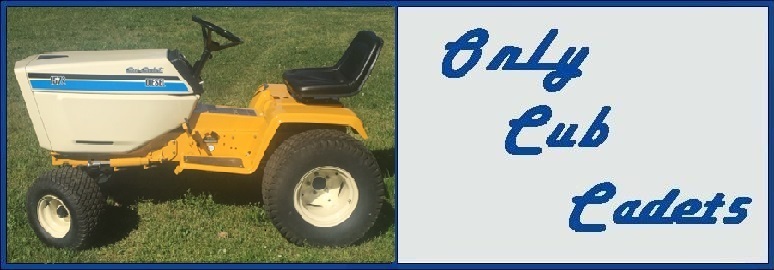| CubRick2072 |
11-01-2017 08:24 PM |
i'm going to chime in here on the 90 degree gearbox issue. The first cub i worked on was my father-in-laws 1100 with the same issue, this was years ago of course. i took it out of the tractor and tore it down. bearing was starting to go bad. the gears looked ok, no chips in the teeth and normal wear patterns.
i ordered new bearings of better quality through the distributor i used at work for rebuilding machinery. i knew from machinery work that proper spacing between the pressure gear and bearing on each side had to be within a certain tolerance in order for the gears to mesh properly. too tight of teeth mesh would cause excessive wear real fast, and too loose would create gear lash resulting in skipping and/or tooth breakage. i purchased shim washers of different thicknesses ranging from .01" to .05"(one thousandth to 5 thousandths thick and played with them on each side until proper tooth mesh pattern was achieved.
this involved using a layout dye sprayed on the gears each time i test ran the gearbox on the bench with a drill attachment for about two minutes at 1800 rpm. i would then break down the gearbox and observe the wear pattern.
once i was satisfied with it, i reassembled the gearbox, pumped it full of grease, and reinstalled it. it is still in the tractor today pulling plow duty in the winter, fitted with full hydraulics of my own design and a heated cab which i built complete with onboard head and backup lights, and yellow flasher.
wear patterns to determine proper gear tooth engagement are for the most part a learned talent, stemming from years of rebuilding machinery.
there are manuals that show the basics at your local library most likely.
45 degree pressure gears can be tricky to set right, especially if the bearings are of poor tolerance(the spacing between races and actual balls). you can buy a 2 dollar bearing, 7 dollar bearing, or 12 dollar bearing of the same size, you get what you pay for.
just my 2 scents worth. thankyou for listening. CubRick100
|

